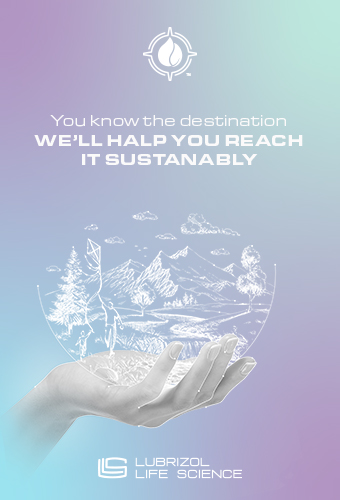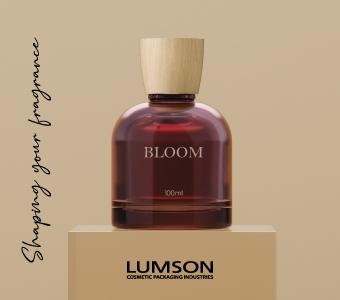The spectacular announcements of industry giants - Unilever pledging to halve its consumption of virgin plastic or L’Oréal announcing the forthcoming launch of a paper-based tube - are emblematic of a general trend: the cosmetics industry seeks to reduce its dependence on plastics.

The paper-based tube developed by L’Oréal and Albéa is expected to pack some La Roche Posay products by the end of 2020. Also presented at Luxe Pack, another paperboard-based tube, proposed this time by the Finnish manufacturer Stora Enso, would allow to reduce the use of plastic by 70% compared to a conventional plastic tube. Moreover, the tube would be recyclable in the same scheme than the Tetra Pak type multilayer milk bricks.
Stora Enso also showcased at Luxe Pack their DuraSense biocomposites made of a mixture of 30% to 50% cellulosic fibres and polypropylene.
And while they were not presented at Luxe Pack this year, the biodegradable jars made of FSC-certified woodchips and natural binders, and free from microplastics, developed by Sulapac were in every mouth. The Finnish company, whose capital has recently been strengthened by big names, including Chanel, would be devoting most of its production capacity to preparing for a major launch.
Perhaps even more significant of the ongoing transformation of the beauty industry, all plastic packaging manufacturers now offer alternative plastic solutions, whether plastics derived from vegetable sources (such as sugar cane or corn), or from recycled plastics. Several hybrid solutions combining, for instance, sugar cane and wood chips, or even oyster shells, such as the caps made by PRP Création from materials developed by Authentic Material, were also showcased at luxe Pack Monaco.
Eastman, which was showcasing a new and greener generation of Trēva, its sustainable alternative to ABS, and Cristal Revēl a new line of compounded copolyesters with post-consumer recycled content (PCR), was honoured by the Luxe Pack in green 2019 award, in the Responsible Initiatives category, for having activated several recycling technology loops to build a circular economy for plastics.
While waiting to find alternative molecules, it is still possible to use recycled plastic. This was the case of Dow, which presented in partnership with the Italian company Premi a series of Surlyn caps made from 40% recycled material.
To go further, it is also possible to combine recycled plastic and lightening, such as the RPET bottle with a weight reduced by 40% that was presented by Pinard Emballages.
Finally, where possible, plastics are completely eliminated, like the wooden applicators showcased by Cosmogen or by Texen.
The future of cosmetic packaging will be green. Plastic will not disappear but it will get more diverse and the way we use it will be transformed.



































